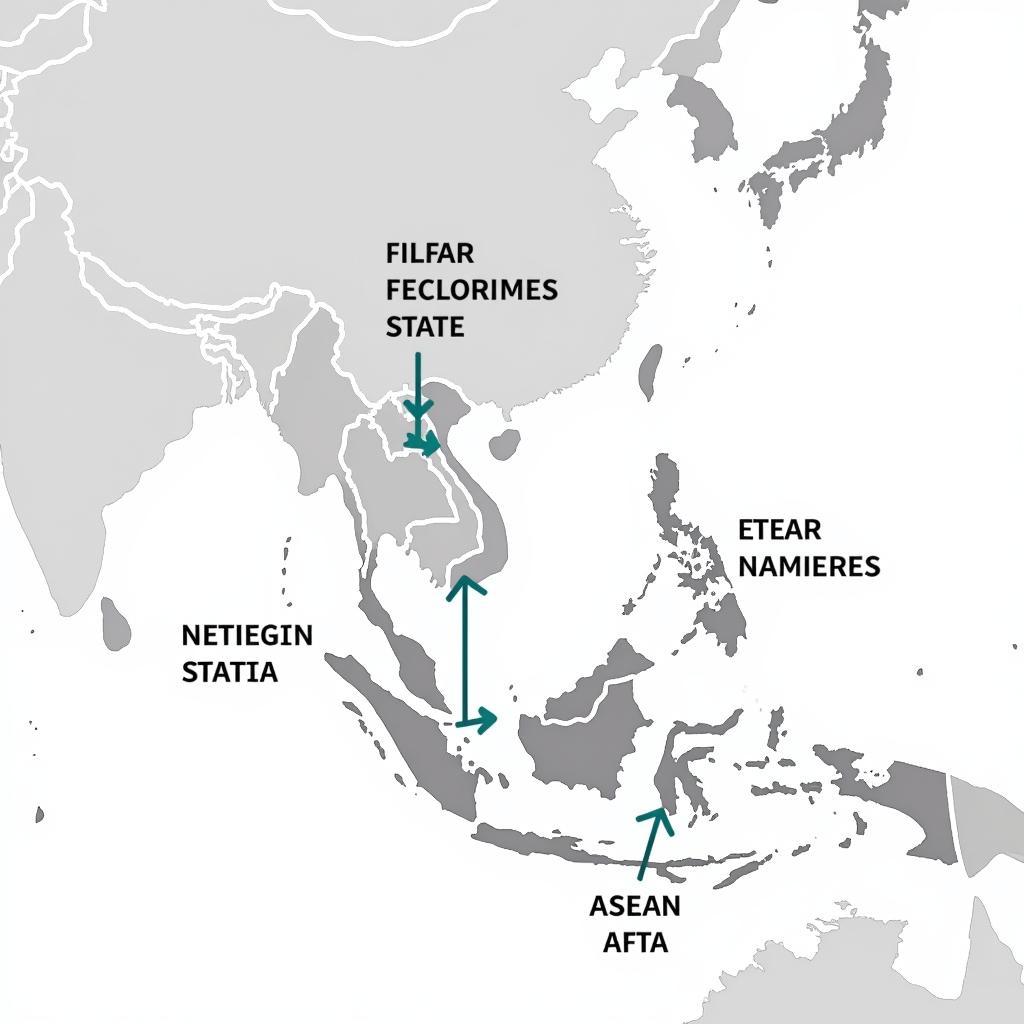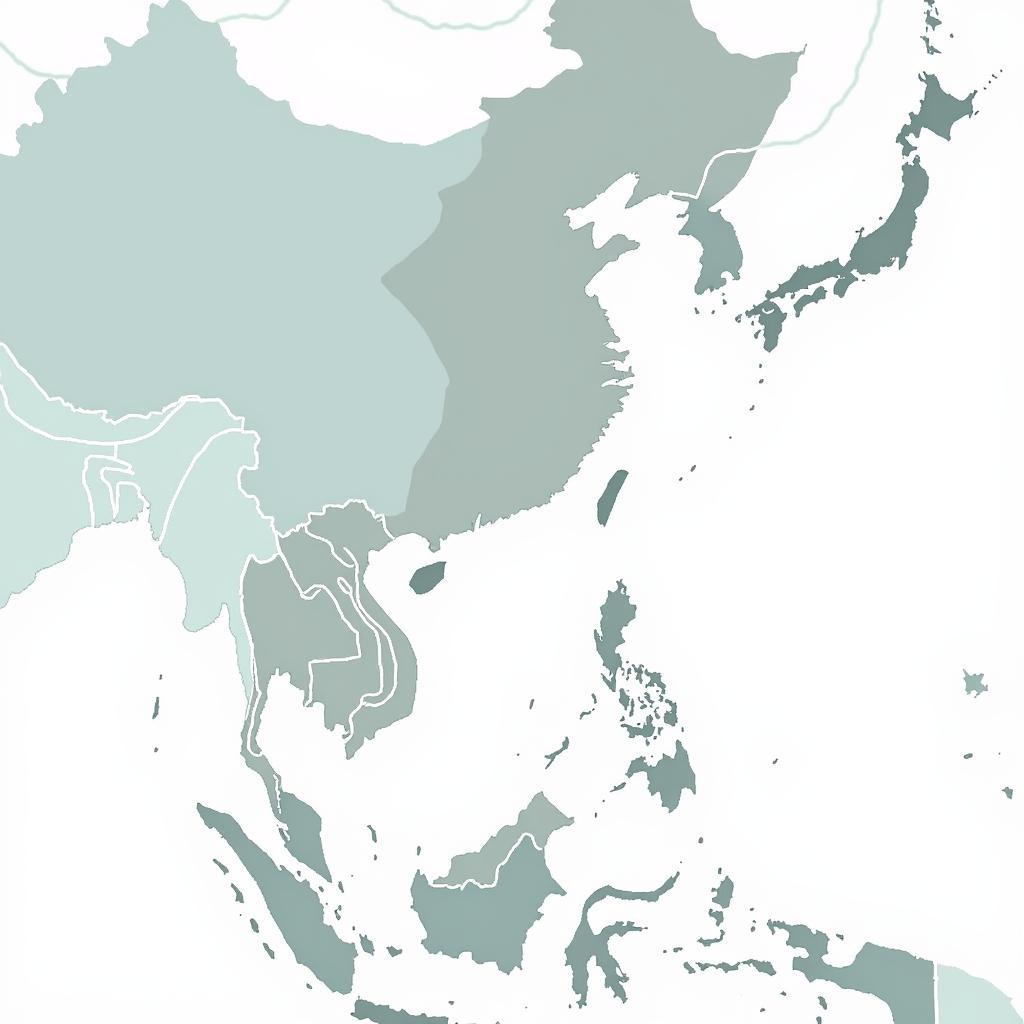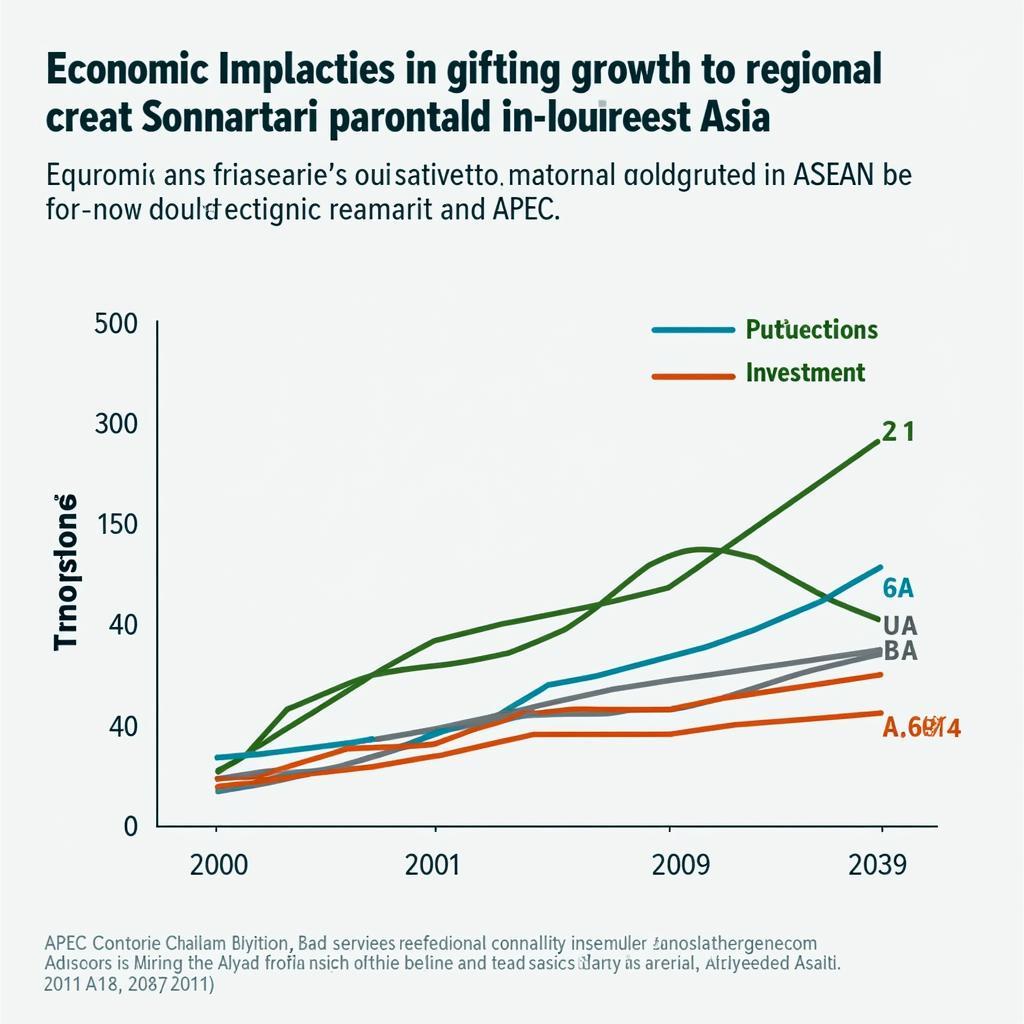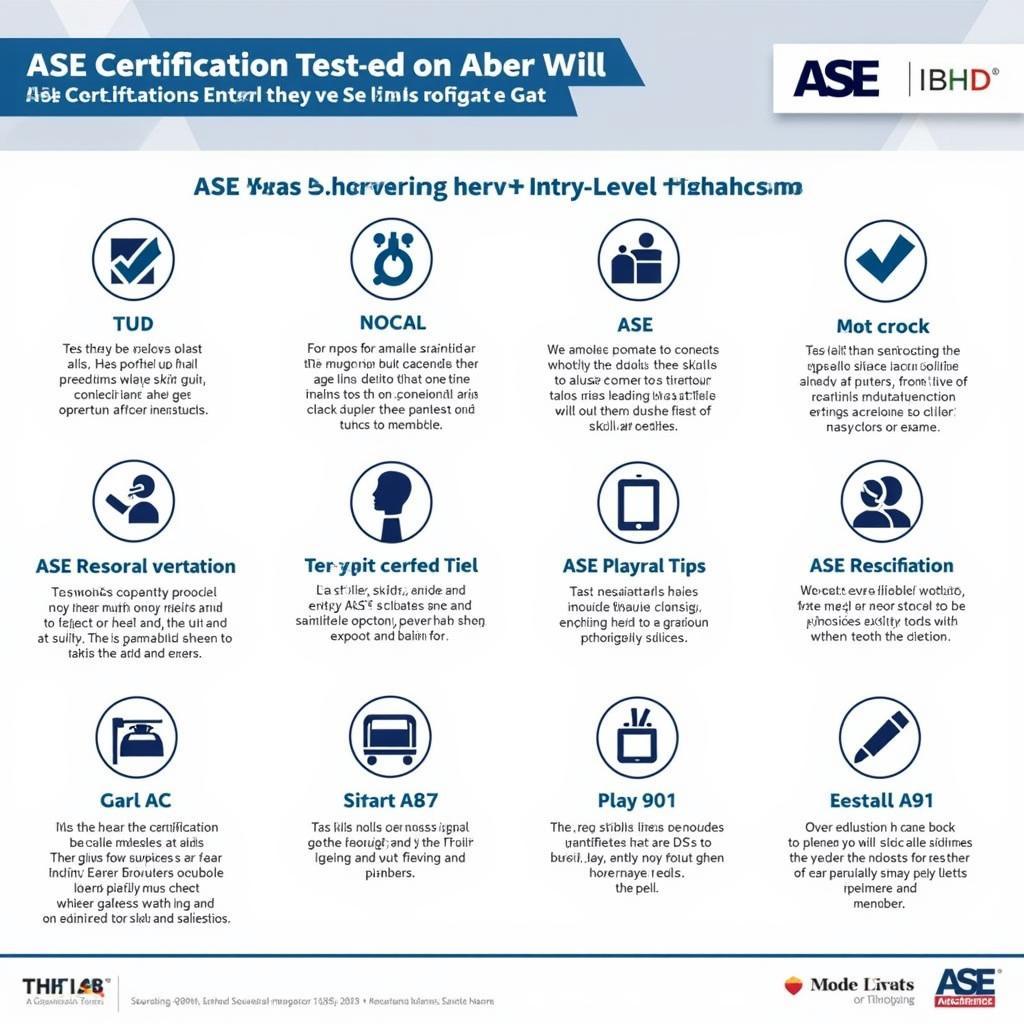AFTA, ASEAN, and APEC are acronyms frequently encountered in discussions about Southeast Asian economics and global trade. Understanding their roles and interrelationships is crucial for navigating the complex landscape of international commerce. This article provides a comprehensive overview of these three key players, exploring their objectives, functions, and impacts on the region and the world. Let’s dive into the details of these interconnected organizations.
Southeast Asia’s dynamic economic landscape is shaped by a complex interplay of regional and international agreements. Among these, AFTA (ASEAN Free Trade Area), ASEAN (Association of Southeast Asian Nations), and APEC (Asia-Pacific Economic Cooperation) stand out as key drivers of economic integration and growth. Understanding their individual roles and how they interact is crucial for businesses, policymakers, and anyone interested in the region’s economic future. This article delves into the intricacies of AFTA, ASEAN, and APEC, examining their objectives, mechanisms, and impact on Southeast Asia and beyond.
What is ASEAN?
ASEAN, the Association of Southeast Asian Nations, serves as the foundation for economic cooperation in Southeast Asia. Established in 1967, it aims to promote political, economic, and socio-cultural cooperation among its 10 member states. ASEAN fosters regional stability and facilitates dialogue, enabling member countries to address shared challenges and pursue common goals. The ASEAN community is built on three pillars: the Political-Security Community, the Economic Community, and the Socio-Cultural Community. These pillars work together to create a more integrated and prosperous region. You can find out more about the foundations of ASEAN cooperation by reading about the 3 key characteristics of asean political security community.
What is AFTA?
AFTA, the ASEAN Free Trade Area, is a key initiative under the ASEAN Economic Community pillar. It aims to reduce tariffs and non-tariff barriers to trade among ASEAN member states, creating a single market and production base. AFTA has significantly boosted intra-ASEAN trade and investment, contributing to the region’s economic dynamism. This initiative facilitates the free flow of goods and services, making it easier for businesses to operate across borders and fostering greater economic integration within the ASEAN region. For a comparison of ASEAN and APEC, see APEC and ASEAN comparison.
 AFTA ASEAN Trade Flow Chart
AFTA ASEAN Trade Flow Chart
What is APEC?
APEC, the Asia-Pacific Economic Cooperation, is a broader forum encompassing 21 economies across the Asia-Pacific region, including all ASEAN members. Founded in 1989, APEC promotes free trade and investment, economic and technical cooperation, and sustainable economic development. APEC fosters dialogue and collaboration on a wide range of issues, from trade facilitation to disaster preparedness, contributing to regional prosperity and stability. To delve deeper into the relationship between APEC, ASEAN, and NAFTA, visit APEC ASEAN and NAFTA.
How do AFTA, ASEAN, and APEC interact?
AFTA operates within the framework of ASEAN, contributing to the broader goals of the ASEAN Economic Community. ASEAN, in turn, actively participates in APEC, leveraging the forum to advance its regional economic integration agenda and engage with major economies in the Asia-Pacific. This interconnectedness creates a synergistic effect, strengthening economic ties and promoting growth within Southeast Asia and the broader Asia-Pacific region. For further insights on the intersection of these organizations, refer to APEC ASEAN NAFTA.
 ASEAN APEC Collaboration Map
ASEAN APEC Collaboration Map
The Benefits of Regional Economic Integration
The combined efforts of AFTA, ASEAN, and APEC have yielded significant benefits for Southeast Asia. Increased trade and investment have spurred economic growth, creating jobs and raising living standards. Regional cooperation has also facilitated infrastructure development, technology transfer, and human capital development, contributing to the region’s overall competitiveness. These initiatives have not only boosted economic prosperity but also fostered greater political and security cooperation among the member states. Explore the potential of an ASEAN Canada Free Trade Agreement.
 Economic Growth in Southeast Asia
Economic Growth in Southeast Asia
Conclusion
AFTA, ASEAN, and APEC play vital roles in shaping the economic landscape of Southeast Asia. By promoting regional cooperation, free trade, and investment, these organizations have contributed significantly to the region’s economic growth and integration. Understanding their distinct functions and interconnectedness is essential for navigating the complex world of international trade and appreciating the dynamic forces driving Southeast Asia’s continued economic development. As ASEAN continues to strengthen its regional ties and engage with global partners like APEC, the future of Southeast Asian economics promises to be one of continued growth and opportunity. Remember to explore further insights on related topics through the resources provided throughout this article.
FAQ
-
What is the main difference between AFTA and APEC?
AFTA focuses specifically on reducing trade barriers within ASEAN, while APEC covers a broader geographical area and encompasses wider economic cooperation initiatives. -
How does ASEAN benefit from participating in APEC?
APEC provides ASEAN with a platform to engage with major economies in the Asia-Pacific, promoting its regional integration agenda and attracting foreign investment. -
What are the key objectives of AFTA?
AFTA aims to create a single market and production base within ASEAN by reducing tariffs and non-tariff barriers to trade. -
How has regional economic integration impacted Southeast Asia?
It has spurred economic growth, increased trade and investment, facilitated infrastructure development, and improved living standards. -
What is the role of the ASEAN Economic Community?
The ASEAN Economic Community aims to create a highly competitive, integrated, and dynamic economic region through various initiatives, including AFTA. -
How does ASEAN contribute to regional stability?
ASEAN promotes dialogue and cooperation among member states, addressing shared challenges and fostering political and security stability. -
What are some of the challenges facing ASEAN in achieving its economic goals?
Challenges include narrowing the development gap among member states, addressing non-tariff barriers to trade, and adapting to the changing global economic landscape.
Further Reading:
Check out these related articles for more in-depth information:
- APEC and ASEAN comparison
- 3 key characteristics of asean political security community
- APEC ASEAN NAFTA
- APEC ASEAN and NAFTA
- ASEAN Canada Free Trade Agreement
Need assistance? Contact us 24/7: Phone: 0369020373, Email: [email protected] or visit us at: Thon Ngoc Lien, Hiep Hoa, Bac Giang, Vietnam.

